Josef Frank: The Definition of Modern Swedish Design
The profoundly influential 20th-century artist and designer Josef Frank pioneered a style of furniture that was lightweight, floral and elegant in its simplicity.
No other designer has revolutionized Swedish modern design quite like Josef Frank. Besides the high quality of his designs, it is perhaps the quantity and breadth of his work that is most impressive. At any time, Svenskt Tenn can pull a Josef Frank classic out of the archive to the delight of collectors worldwide. His designs include at least 2000 variants, covering everything from furniture, lighting and carpets to ornaments, glass and textiles.
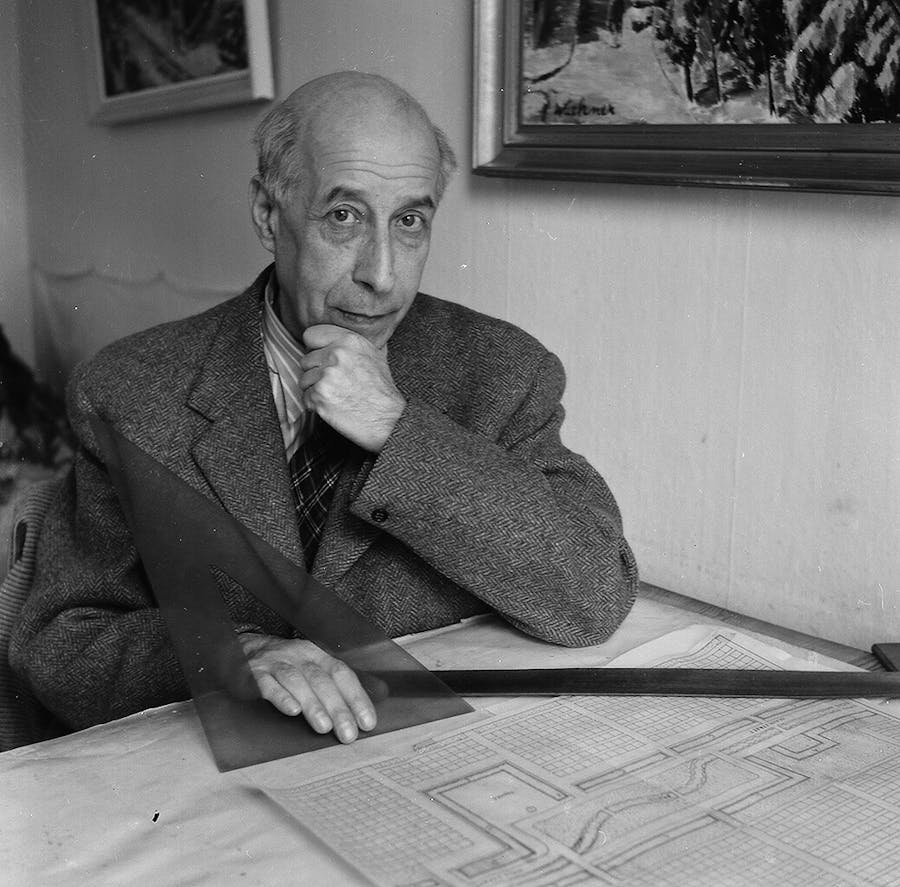
He introduced a style of furniture that was lightweight, floral and elegant in its simplicity and mixed materials, like different types of wood with other natural materials, such as bamboo or stone, and sprinkled in colors and shapes. He believed that "the home should be personal and comfortable" and that what ends up in a home is by chance rather than because of good taste – people surround themselves with the things they like. Frank's roots were in functionalism, but he soon questioned the movement, believing that if everything was equal it quickly became dowdy and predictable.
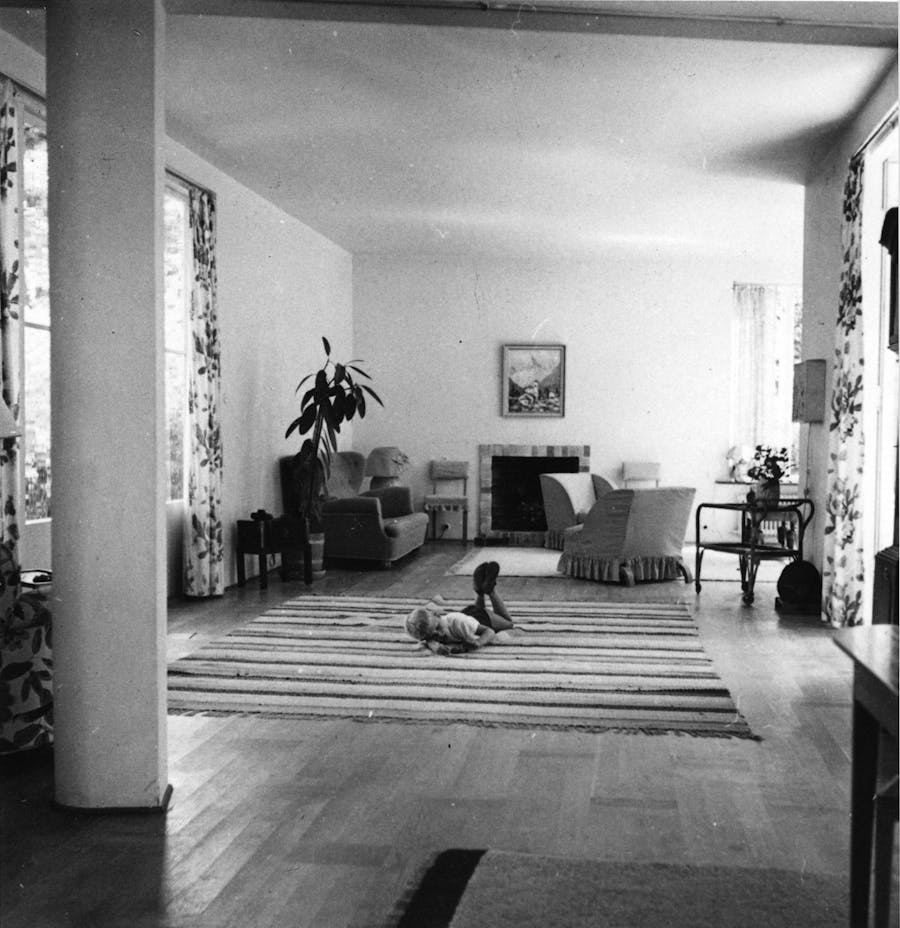
Frank was born in 1885 and grew up in Vienna, Austria. He came from a creative home where his father Ignaz was a textile trader and his mother Jenny an artist. Frank completed his studies at the Konstgewerbeschule, Vienna's technical college, with a degree in architecture in 1908. After a few years in Berlin he was ready to start drawing his own housing designs – in Sweden and Falsterbo, where he later designed what was called Sweden's first 'fantasy' houses.
Related: Lucie Rie: Art of the Tea Ceremony
In Vienna, he worked mostly on housing for the working class, such as residential and single-family homes, but he also took on parallel assignments from wealthier families. During the 1910s, Frank began drawing textile designs and furniture, which over time became incorporated into architectural assignments; one example is Villa Beer in Vienna.
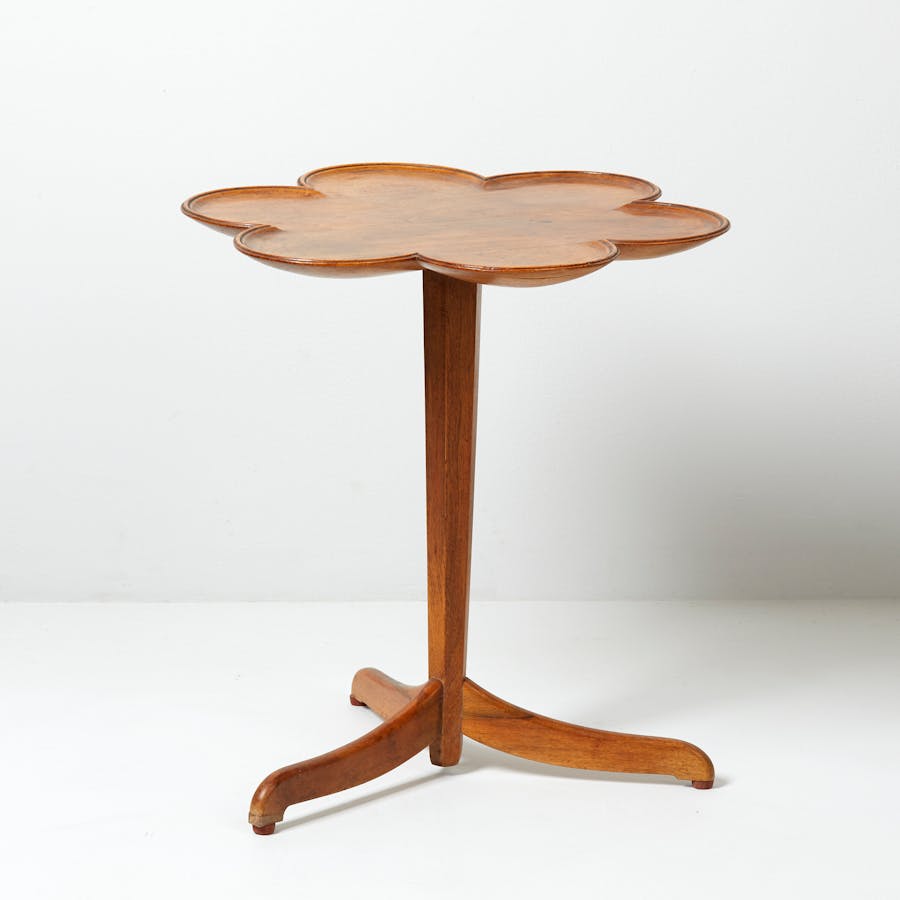
In Austria, Frank was clearly appreciated for his skill. He was one of the designers associated with Viennese modernism and believed that the home's interior should be practical, without flashy décor.
During Frank's visit to Sweden in 1921, Swedish artist, designer and entrepreneur Estrid Ericson became acquainted with Frank's furniture for the first time. She soon began to follow his work and in the early 1930s approached him and asked for design ideas.
Related Svenskt Tenn: The Hub of Swedish Interior Design
When Nazism spread in Austria, Frank and his Swedish wife Anna decided to leave the country. In 1933 they came to Sweden and soon Frank worked for Ericson's company, Svenskt Tenn, full-time.
This employment caused a bit of a scandal. Svenskt Tenn, which had started as a pewter designer company, had left metal objects in the 1930s in favor of furniture design. Ericson tested herself with several collaborations with big Swedish names, but soon greats such as Bruno Mathsson were fired.
Related: Bruno Mathsson's Jetson: The Space Age Swivel Chair
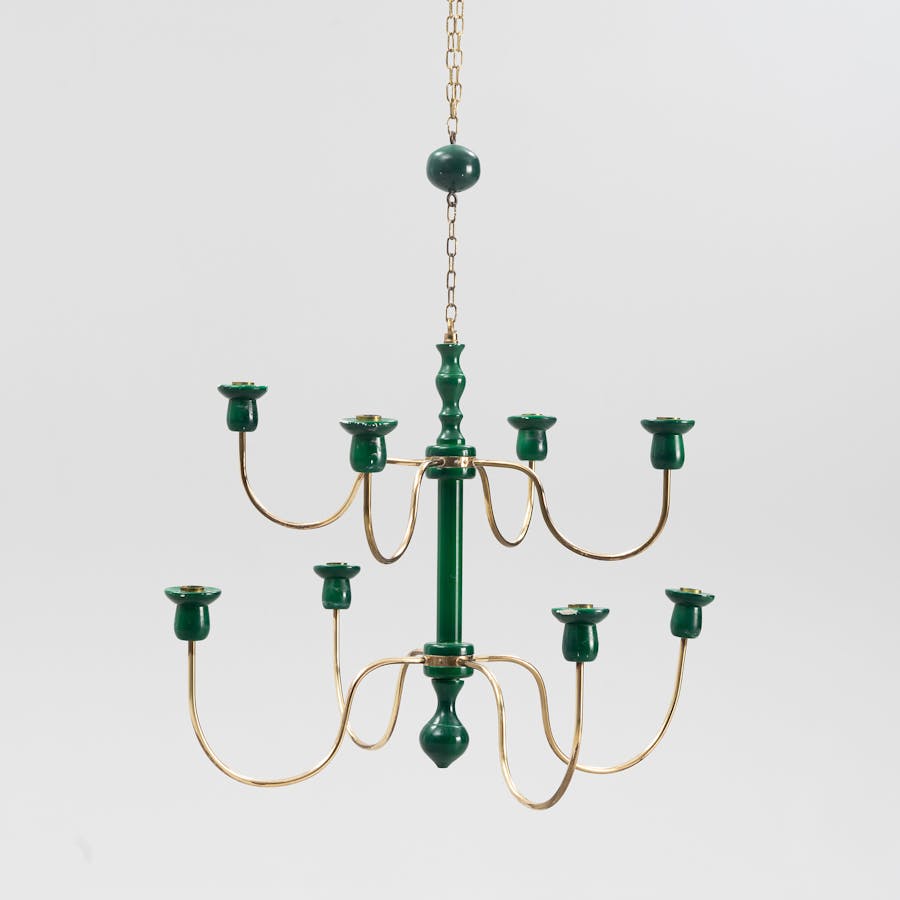
Eventually, people warmed to the Ericson and Frank duo. The pair attracted considerable international attention when they exhibited on behalf of the Svenskt Tenn at the world exhibitions in Paris in 1937 and in New York in 1939, and became the leading figures for the interior design style 'Swedish Grace'.
Related: Swedish Design Classics
However, Svenskt Tenn's furniture could only be afforded by the rich. While others tried to keep production costs down, Frank could be selective and exclusive in his choices of material and craftsmen. Other designers registered what he was doing and tried to make the same, albeit simpler and more cheaply.
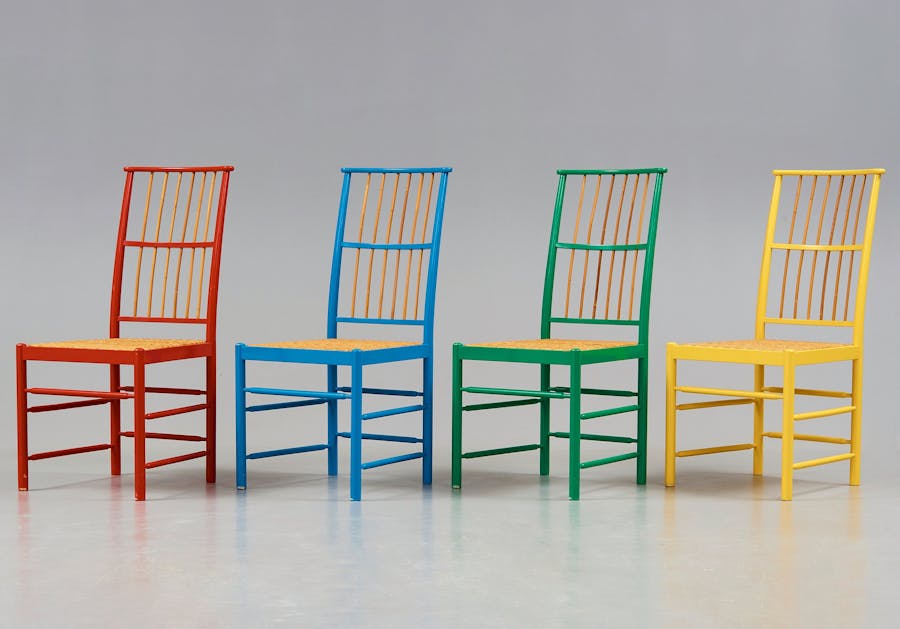
Frank's design language was marked by a freer stance and a more artistic aesthetic than modernism, functionalism or what earlier Swedish design of the 20th century suggested. His style ideal was characterized by color and comfort, recalling nature, flora and fauna. Strong, vibrant shades were combined with airy furniture and a sense of space. Within his aesthetic interiors, furniture is visible throughout, however not heavy pieces whose presence dominates the room. They often stand on legs and are easy to vacuum under, to move around a room, and replace with other pieces.
Related: Charles and Eames Ray: Democratic Design
Frank was inspired by a variety of style traditions and eras, including English Regency and Chinese antiques. During his lifetime, he created more than two hundreds designs in the form of textiles, wallpaper and carpets. Of these, about 160 are textile patterns, many of which became incredibly popular.

During the 1920s, he designed, among other things, the pattern of Aralia (1928) and Miracle (later 1920s). Aralia was made specifically for a home Frank designed in Vienna.
During the 1930s, the designs of Celotocaulis (c. 1930) and Three Islands in the Black Sea (1936) were added. The latter is one of the first to be designed for Svenskt Tenn.
Related: The Woman Behind One of the World's Most Famous Patterns
In the early 1940s, anti-Semitism in Sweden became increasingly evident. Once again, Frank was forced to flee and he left Sweden for the United States. During his time there, Frank was a teacher at the New School of Social Research in New York and also continued to design.
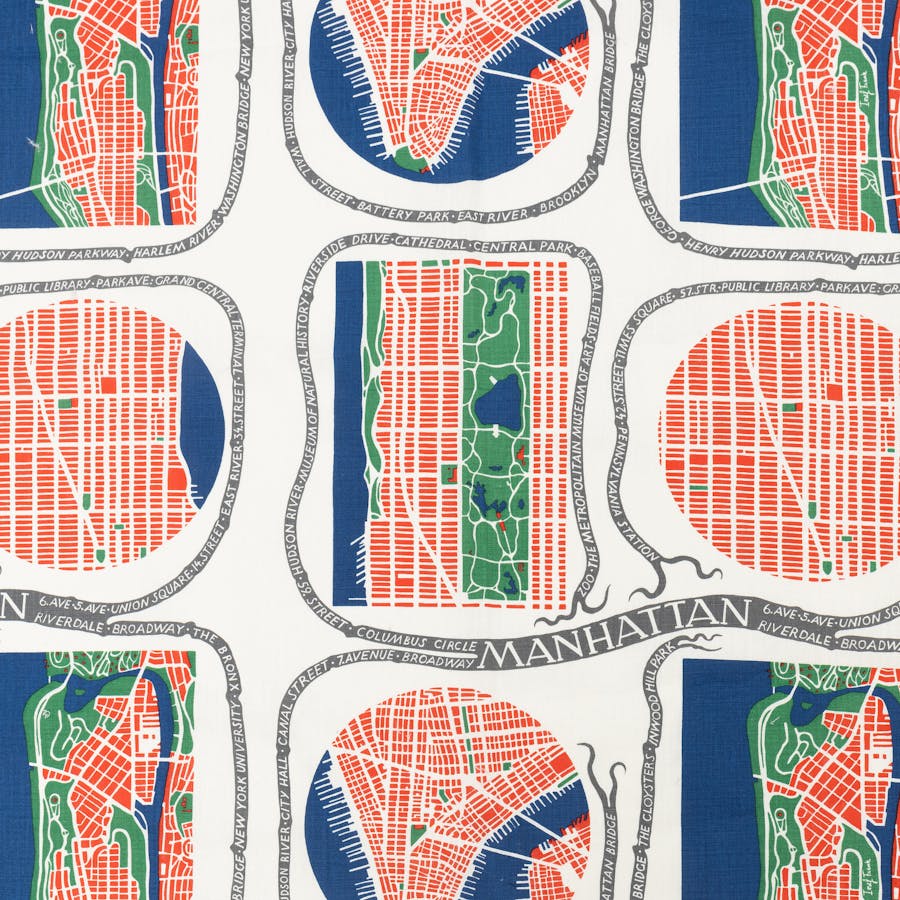
In 1944, Frank sent fifty new designs to Ericson on her 50th birthday. The designs include Manhattan, Hawaii and Drinks. The plant world was a constant source of inspiration for Josef Frank, even during the years abroad. In 1946 he returned to Stockholm.
Related: The Magic of Josef Frank’s Patterns
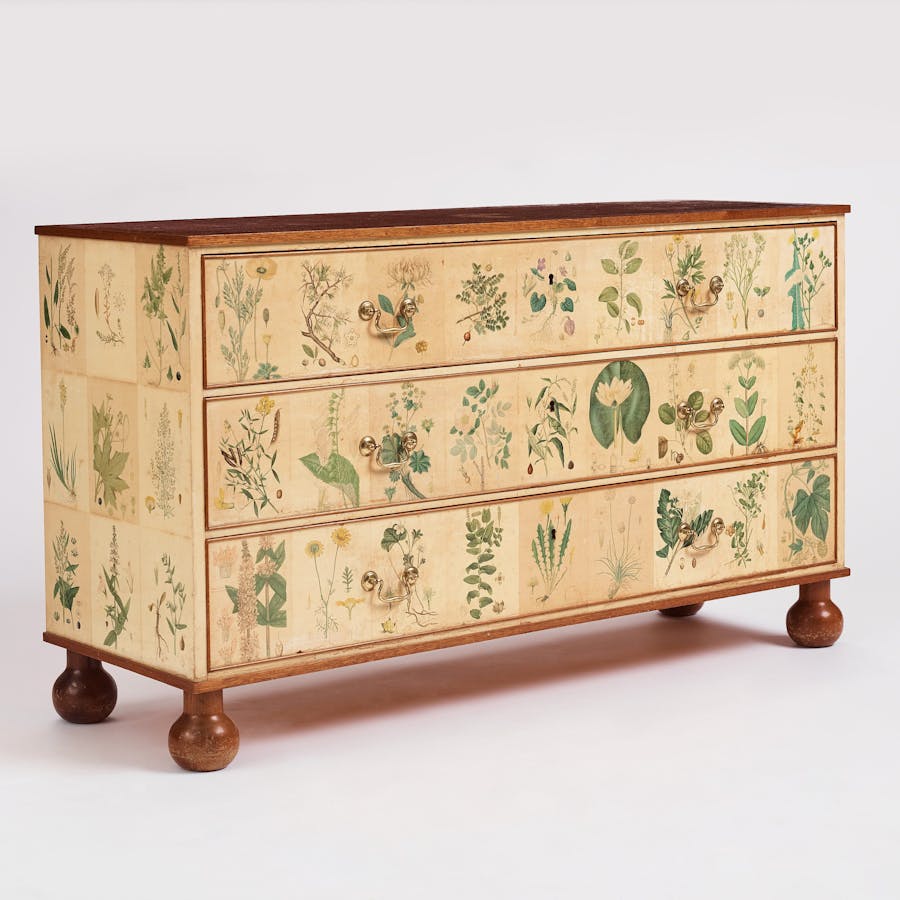
Frank was an incredibly productive designer and drew more than 2,000 furniture sketches on behalf of Svenskt Tenn. Among these are Flora, which he designed during the 1950s. The bureau was created in mahogany and wallpapered with posters from CAM Lindman's Nordic Flora. It is one of the most expensive items designed by Frank: a version was sold in 2008 for $110,000 at Christie's.
Want more articles like this straight to your inbox? Subscribe to our free newsletter!
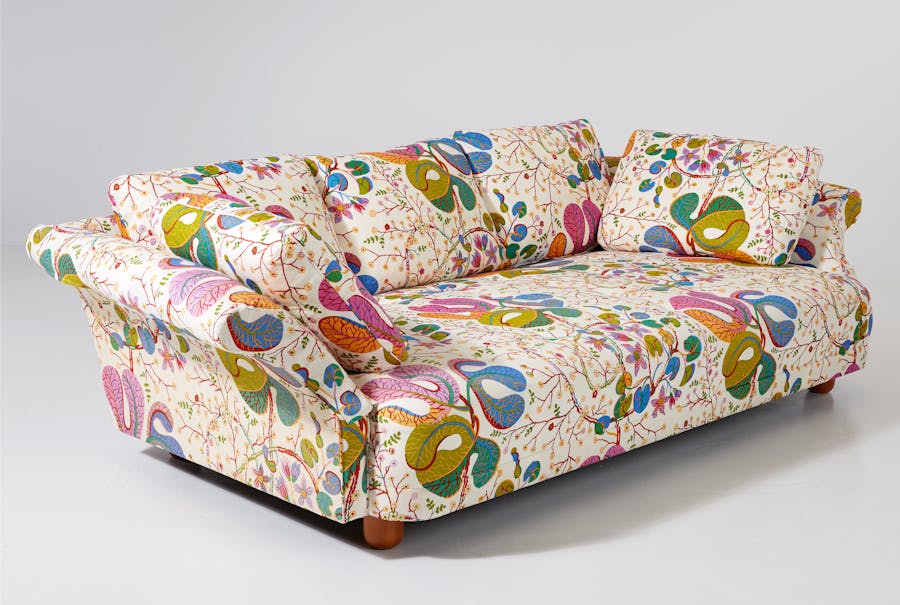
Another significant furniture piece designed by Frank in Sweden was the Liljevalch sofa. It debuted at Liljevach's Art Hall and was given its name afterwards. The design was completely in line with Frank's style ideal – even the seat depth of 140 cm was a decent step up from the usual seat depth of 80 cm. The furniture was a protest against functionalism, which, according to Frank, was too tight and square.
Related: Arne Jacobsen: The Father of Danish Functionalism
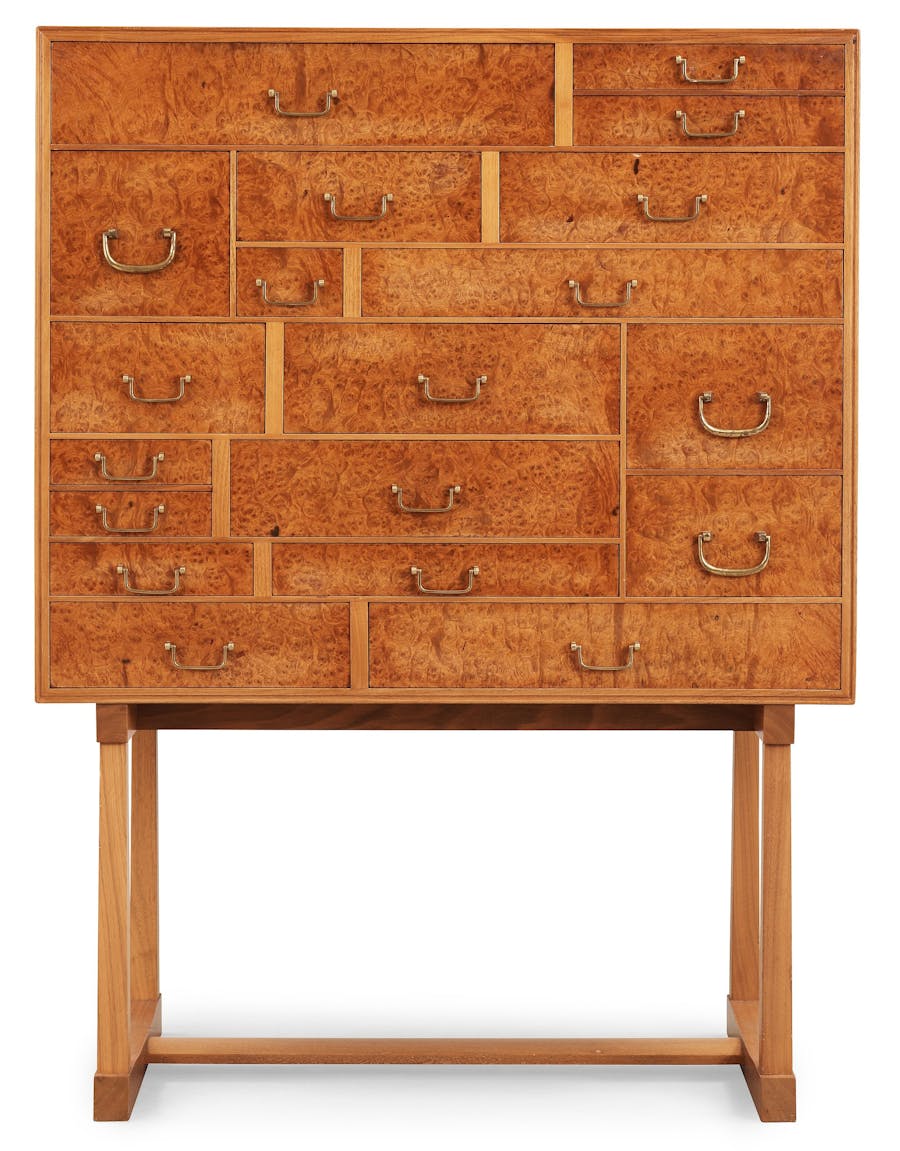
When the National Museum in Stockholm showed a retrospective of Frank's design in 1952 they included a cabinet with 19 drawers, now called the National Museum Cabinet.
Year after year, Frank's design has been among the most popular and sought after in the auction and secondary market, which is hardly surprising. His original furnishings, furniture, houses and designs are adored by design lovers. In addition, his style fits nicely with Scandinavian minimalism and the powerful style ideal that continues to inspire today. Frank has left a lasting legacy on the evolution of modern Scandinavian design by infusing modern, lightweight furniture with beautiful textiles and designs.
Find more articles in Barnebys Magazine
This is an updated version of an article originally published on February 6, 2020.


